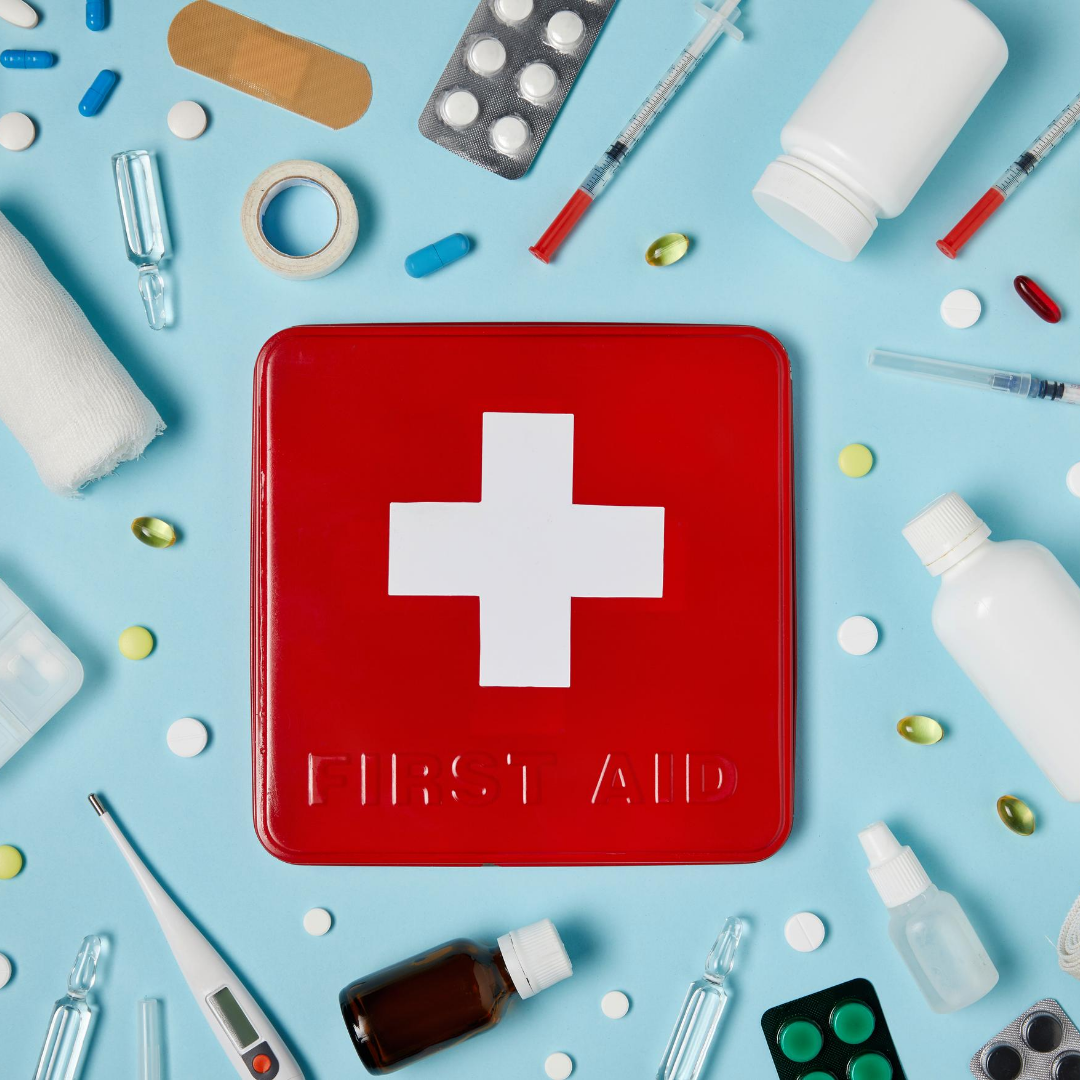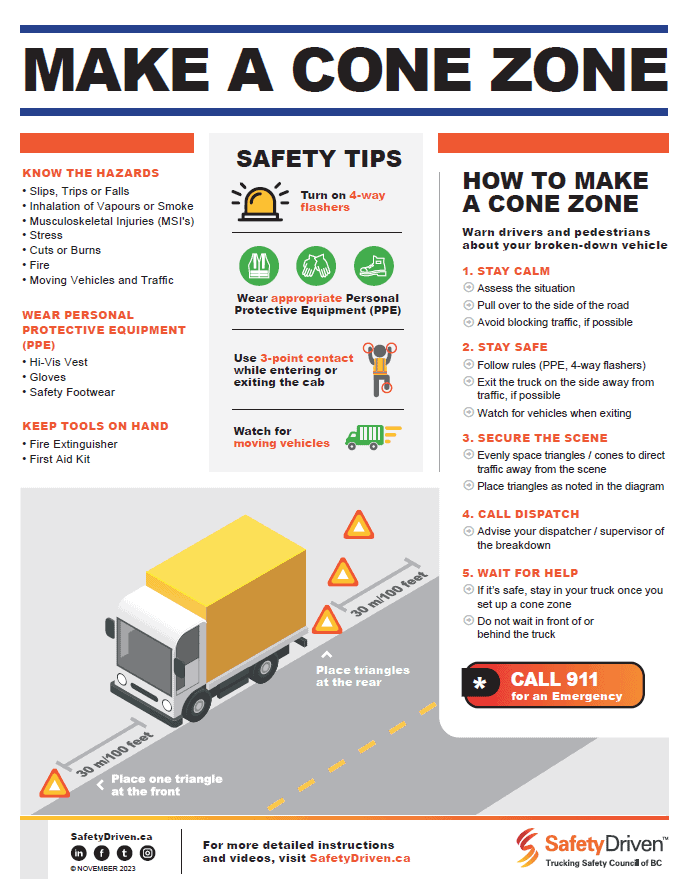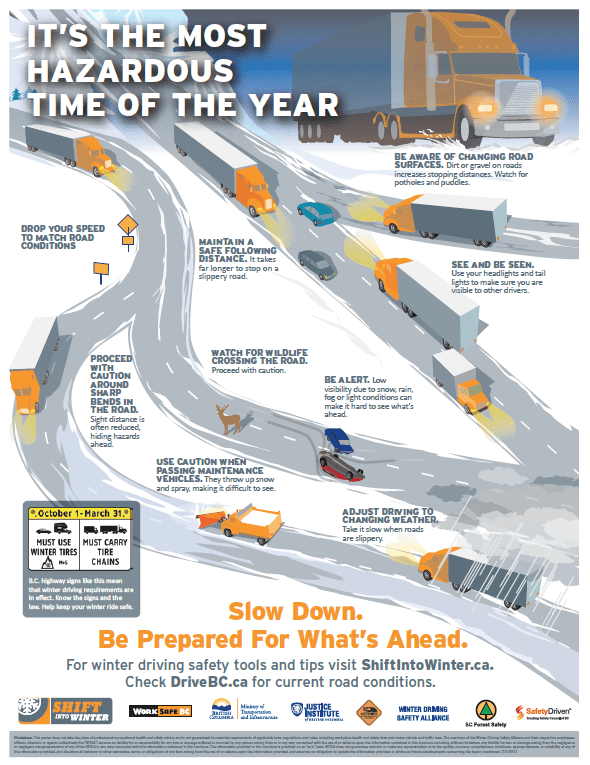
What’s Different About First Aid in the Time of COVID-19?
As always, occupational first aid attendants are at the ready, and now they are using new protocols to protect themselves and their patients from COVID-19.
People in need of first aid at work can expect a few changes during the COVID-19 pandemic. In some cases, and if it’s possible, people will be asked to administer first aid to themselves, under the guidance of an Occupational First Aid Attendant (OFAA).
To find out more, I contacted Jennifer Faber, a certification officer at WorkSafeBC. Jennifer and her Certification Services team at WorkSafeBC developed OFAA protocols during the COVID-19 pandemic: A guide for employers and occupational first aid attendants, published in June 2020. The guide lays out protocols for physical distancing, hand hygiene, and disinfection when providing treatment to patients.
Providing supplies and first aid instructions from 2 metres away
Of course, every situation is different — but let’s say for example, a worker sustains a relatively minor finger cut. The injured person will give the OFAA as much information as possible when they first call for help. Then, when the OFAA arrives, they will stay physically distanced and ask the patient questions such as if there’s anyone at home who is sick or in self-isolation due to COVID-19 (in addition to their usual, in-depth scene assessment).
“If there is a possibility that an individual has been exposed and they are able to perform first aid on themselves, then a first aid attendant should stay 6 feet away and walk them through it,” Jennifer says. “But when it’s not a possibility, the attendants are to go ahead and don the appropriate PPE that protects themselves and their patients: surgical masks, face shields, gloves — and a mask for the patient, as well.”
Jennifer says it’s also important that OFAAs know how to “don and doff” (i.e., put on and take off) PPE to avoid contaminating themselves.
“This will help to mitigate transmission between the patient and attendant,” Jennifer says. “Any time there is a pandemic where you’re concerned about droplets and aerosol transmission, there should be policies and procedures in place.”
OFAAs are also instructed to do “compression-only” CPR during the COVID-19 pandemic. If there is more than one attendant on hand with the required PPE, the attendants can take turns performing compressions. This is because it can be fatiguing for a single attendant to perform continuous compressions at a rate of 100 per minute while wearing full PPE.
For more information, see WorkSafeBC’s First aid requirements and COVID-19 information and resources, which is updated regularly and is based on guidance from public health officials.
Thank you to Jennifer for talking with me — and I’d also like to thank all of our dedicated OFAAs who are doing their part to prevent the spread of COVID-19. #LetsDoOurPartBC
Visit our designated COVID-19 page for more resources like safety handouts, posters and safe work procedures.
Latest Resources
Make a Cone Zone
Dowload this poster for tips on how to make a safe cone zone.Winter Hazards Poster
Drivers need to recognize winter hazards. Share this poster to remind drivers how to ...

